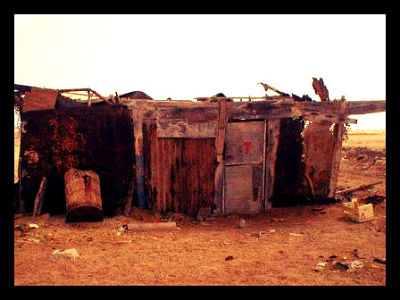Poverty in Cape Verde

Cape Verde is a small archipelago island nation in the Atlantic Ocean off the northwest coast of Africa. The country is mired in absolute poverty, with 30% of its citizens below the poverty line. The World Bank estimates that 14% of the population is living in extreme poverty. With a crisis of this magnitude, the government of Cape Verde is dependent on the receipt of international aid to maintain relative stability.
Poverty in Cape Verde is precipitated by a number of factors, but the main inhibitors of economic growth are a gross lack of a natural resources and a limited economic base. Due to repeated droughts, Cape Verde is beleaguered by water shortages and poor soil. Due to a lack of domestic agriculture, over 82% of the country’s food supply is imported. The nation’s narrow economic base stems from over dependence on tourism as the sole source of economic revenue.
The World Bank has agreed to provide significant amounts of funding to Cape Verde and has developed an economic strategy to alleviate the poor conditions there. The World Bank’s plan is four-fold, involving an improvement in the quality of education and healthcare, a diversification of the economic base (exploiting tuna fishing as an additional source of income), an improvement of the already existing infrastructure, and the institution of welfare programs for the disadvantaged.
These changes will have to be implemented from the top down in order for them to be successful. The World Bank is working with the government of Cape Verde to implement these much needed changes. This combination of economic diversification, aid, and development will most assuredly provide a way for Cape Verde to rise out of extreme poverty.
– Josh Forgét
Sources: The World Bank, The CIA World Factbook
Photo: Cape Verde Against Poverty,
